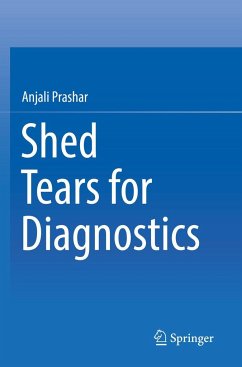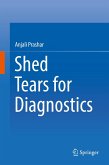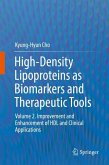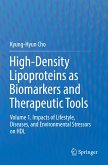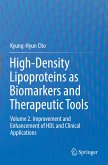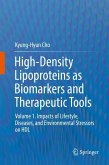This book covers a wide range of topics concerning human tear based science, starting from basics such as the normal composition of tears and moving up to novel disease detection platforms. The entire approach is pioneering, as tears are beginning to be recognized as the most invaluable non-invasive tool in diagnostics. Interestingly, the concept is not restricted to ocular diseases: In recent years, tear diagnostics is increasingly being tapped even for cancer detection. Hopefully, non-invasive tear diagnostics will eventually replace today's invasive disease detection and monitoring techniques.
Previous literature on tear diagnostics has been restricted to scientific journal articles, most of which dealt with a single tear constituent, such as a protein. This book offers a far more comprehensive and handy 'reference guide,' presenting both basic and advanced information and data. Accordingly, it will be useful for researchers in academia and the pharmaceutical industry, as well as healthcare professionals and diagnostic kit developers.
Previous literature on tear diagnostics has been restricted to scientific journal articles, most of which dealt with a single tear constituent, such as a protein. This book offers a far more comprehensive and handy 'reference guide,' presenting both basic and advanced information and data. Accordingly, it will be useful for researchers in academia and the pharmaceutical industry, as well as healthcare professionals and diagnostic kit developers.

